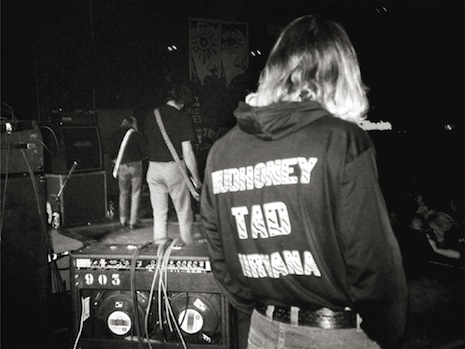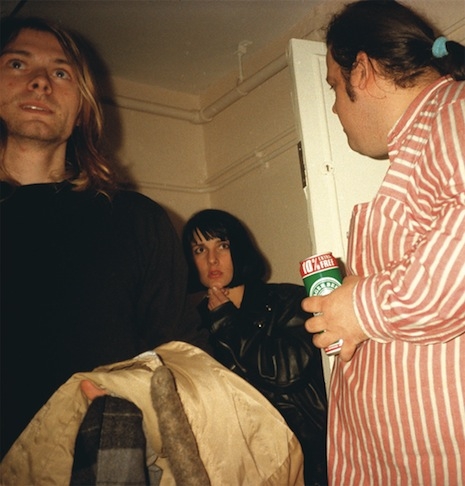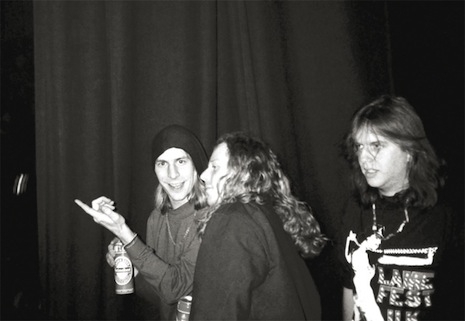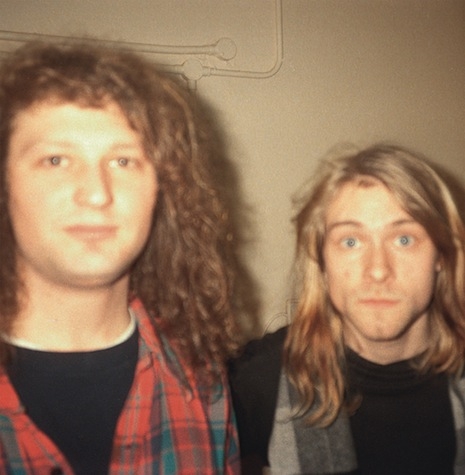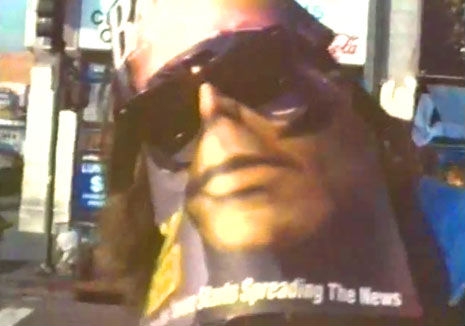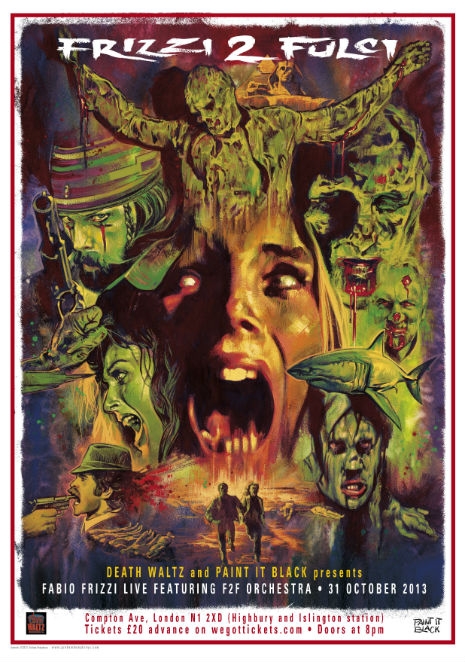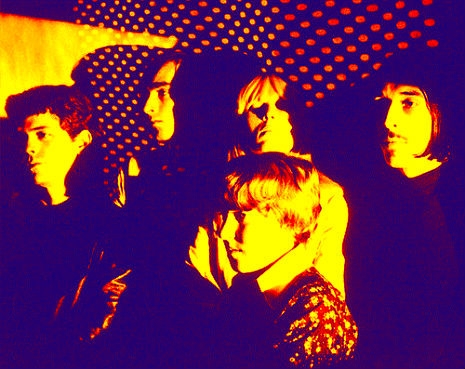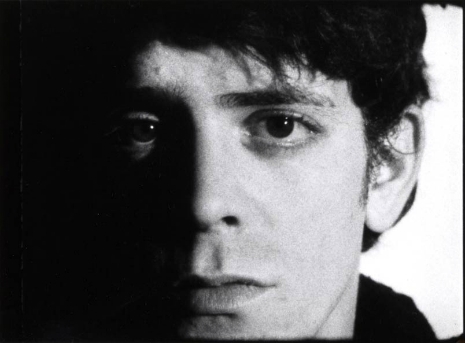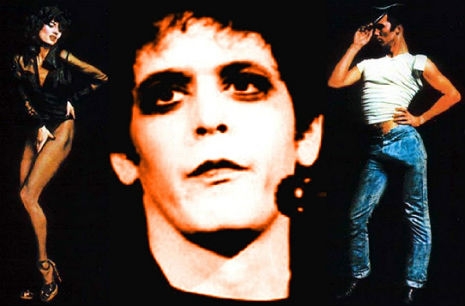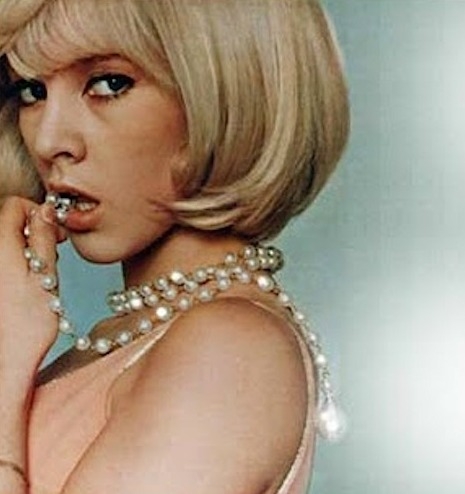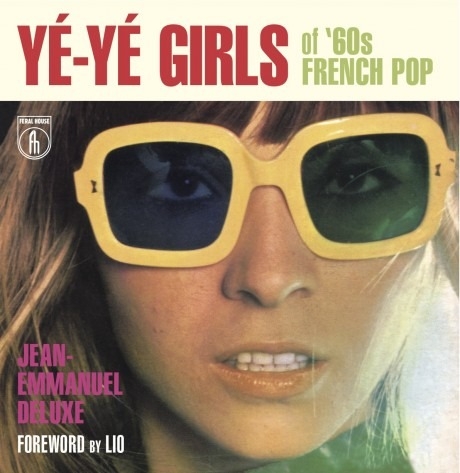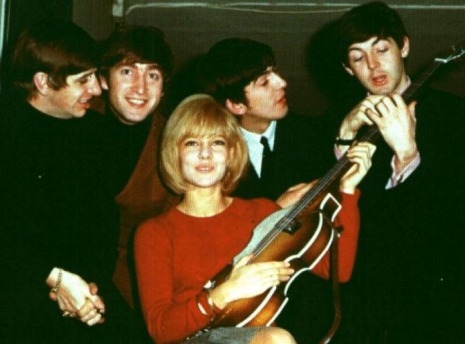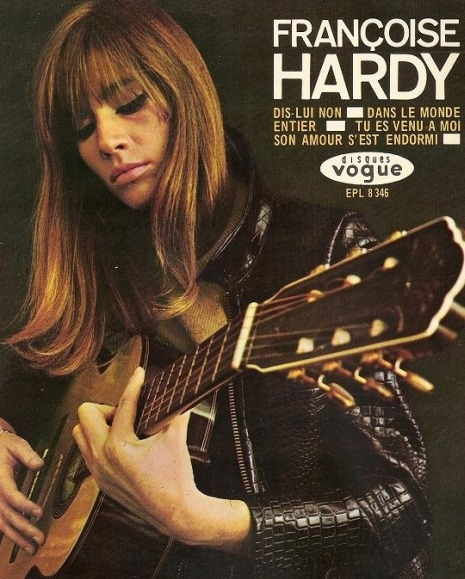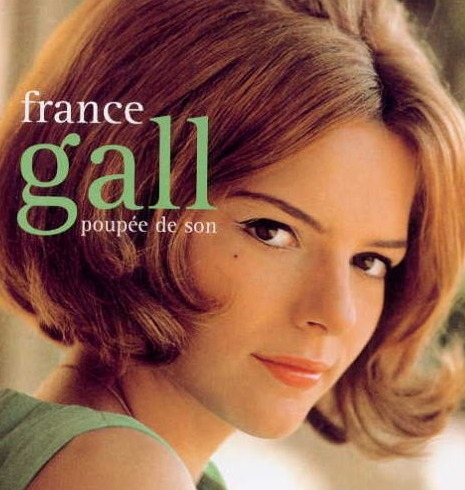
The best album of the year—as far as I’m concerned there’s no competition, nothing else even comes close—is Jonathan Wilson’s Fanfare, the follow-up to 2011’s critically acclaimed Gentle Spirit. It’s a brilliantly sculpted, painstakingly-crafted album by an artist operating at the height of his powers as a musician, songwriter, guitarist, pianist and producer—and the guy’s just getting started.
It’s like an epic novel.
Fanfare isn’t just the best album of 2013, it the year’s most important album as well. As in artistically important. As in “heavyweight” talent. Seriously, folks, it’s a motherfucker. If you’re not hip to Jonathan Wilson’s work, well, you should be. If you’re reading this, there’s no good excuse… so read on. Or better yet, forget about what I have to say and scroll down, hit play and turn it up loud.
Fanfare moves away from the “CSNY jamming with Pink Floyd” comparisons the earlier album was saddled with—this despite the contribution of some stunning vocals from David Crosby and Graham Nash, I should probably mention—into multi-layered rock symphony territory that calls to mind Beach Boy Dennis Wilson’s rock snob touchstone Pacific Ocean Blue.
“‘Fanfare,’ as a word, represents a fanciful showing, a bodacious movement of energy, a celebration of sound,” Wilson explains. “Something to signify an arrival, a special occasion. A fanfare follows no rules. In this case, it’s also the opening song, it’s the gateway for the rest of the record.”
Fanfare’s seven-minute-long title track opener begins with the sound of baby chicks being fed through an Echoplex tape delay unit and builds into a tubular bell-laden, multi-layered tone poem from the artist meant to channel the perfect love song through his piano. As a declaration of intent, it’s a powerful statement. Plus the rest of the album has to live up to this. Talk about setting the bar high for yourself.
“From the initial idea of the record, I knew I wanted a concert Steinway piano to be the centerpiece—the beating heart—of Fanfare, Wilson told me. “So naturally we found a guy on Craigslist with one for sale and bargained with him to let us rent it for the entire session.”
“I was going for this sort of ‘widescreen’ sound, a blown out vista. I wanted strings, horns, bells, vibes, voices, solos, improvisation and a full orchestra on some of the tunes… I didn’t just want ‘a’ drum sound, I wanted it to sound like Thor’s snare sound, stuff like that. Having that 9-foot Steinway was central to achieving the sound that I wanted.” Fanfare was recorded to 2” analog tape and then mixed down to ½ inch tape at Jackson’s Browne’s Groove Masters studio in Santa Monica through a Neve 8078 analog console. The recording used a live echo chamber extensively.
“Dear Friend”: It starts off like a lilting folkie sing-song and then it gets sinister. The cynical lyrics and slashing psychedelic soloing on this mind-crushing six-string duel with band member Omar Velasco would make it the perfect soundtrack to something going seriously wrong in the climactic scene of a darkly intense Hollywood thriller.
“Cecil Taylor”: This one just kills me. The guitar picking is simply stunning, but when David Crosby and Graham Nash come in, you’re listening to something truly miraculous.
“New Mexico”
Wilson told me that Brazilian artist Milton Nascimento was another major influence on Fanfare. At various times I can also hear echos of Traffic, the Dead, Laura Nyro, Atlanta Rhythm Section, Gene Clark and Tom Petty—Heartbreakers Mike Campbell and Benmont Tench guest on Fanfare, as do Jackson Browne, Josh Tillman (aka “Father John Misty”), Dawes’ Taylor Goldsmith and Wilco’s Patrick Sansone who did the incredible string arrangements of the title number. Folk legend Roy Harper contributed lyrics. It’s wide-vista, super Cinemascope music. Not too many artists have really attempted as complex an album as this one is in a long time—Kate Bush would be an obvious exception, so as you can see Wilson’s operating in rarefied company—where there’s like 64 tracks going at once. Fanfare, I predict, will become THE hi fi salesman’s go-to demo disc for the next decade.
Jonathan Wilson’s Fanfare is out through Bella Union in the UK/Europe and Downtown in the US. It’s worth mentioning that if you are a vinyl aficionado, Wilson’s records are made to exacting standards and are quite heavy things to hold in your hand. Listen to the entire album on SoundCloud:
Below, a scorching hot cover of Fleetwood Mac’s “Angel” performed at the Festival des Vieilles Charrues in Carhaix on July 20th, 2013.
Another live cover, Happy Traum’s “Trials of Jonathan” in Carhaix
Previously on Dangerous Minds:
If you haven’t heard of Jonathan Wilson yet, you will
Why isn’t Jonathan Wilson on the cover of Guitar Player magazine? A rock snob rants






